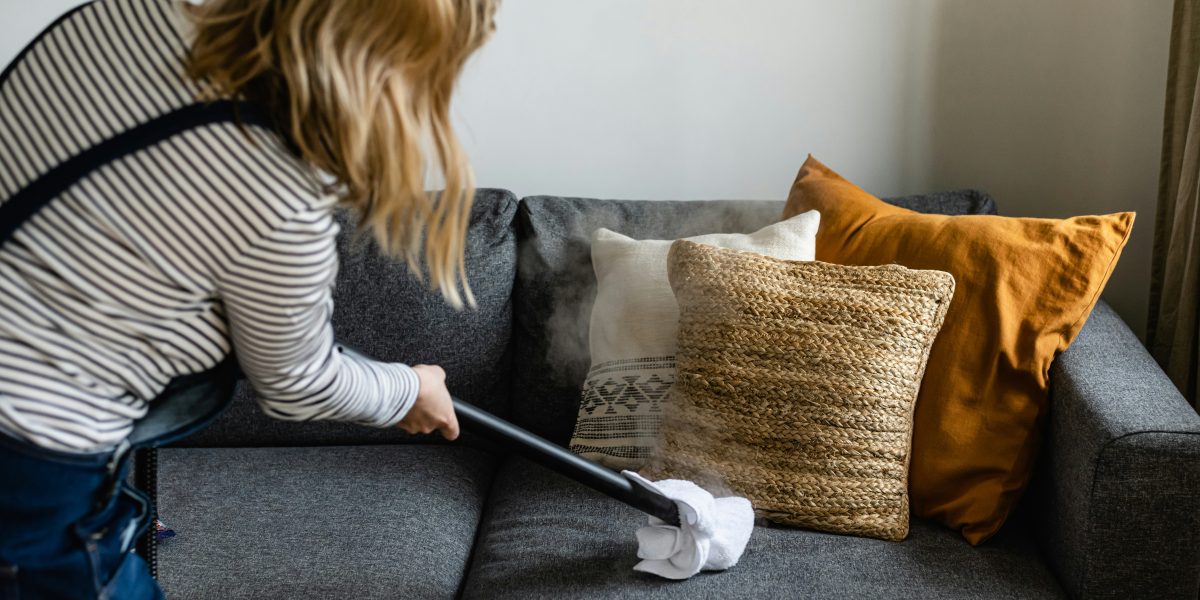As the colder months approach, we tend to keep our windows shut to stay warm, but this can lead to stuffy air and a buildup of indoor pollutants. Poor indoor air quality can affect your health, causing issues like allergies, headaches, and respiratory problems. Luckily, there are simple steps you can take to improve the air circulation in your home and ensure the air you breathe stays fresh and clean, even when it’s too cold to crack a window. From using air purifiers to maintaining your HVAC system, improving indoor air quality is easier than you think.
Why Is Indoor Air Quality Important?
Indoor air quality is something many of us don’t think about until we start noticing issues like dust buildup, unpleasant odors, or allergy symptoms. When windows are closed, indoor air becomes trapped, and pollutants such as pet dander, dust mites, mold spores, and chemicals from cleaning products can linger in the air. These pollutants can accumulate, leading to poor air quality that may trigger health problems.
Poor air circulation is a common problem in homes, especially during the winter. Without proper ventilation, moisture from cooking, bathing, or even breathing can build up, creating the perfect environment for mold and mildew to grow. This is why maintaining good indoor air quality is important for both your health and the overall comfort of your home.
Beyond health concerns, better air quality can also make your home feel fresher and more comfortable. By improving air circulation, you can reduce odors, minimize the buildup of allergens, and keep your living spaces feeling light and airy, even during the colder months when windows are usually kept shut.
How Can You Improve Air Circulation at Home?
There are several effective ways to improve air circulation in your home, even when it’s too cold to open the windows. One of the easiest solutions is to use fans strategically. Ceiling fans can help circulate air around the room, while exhaust fans in the bathroom and kitchen can remove moisture and stale air from your home. Running fans on a low setting can help keep the air moving, preventing it from becoming stagnant.
Another great option is using an air purifier. Air purifiers are designed to filter out harmful particles like dust, pollen, and pet dander from the air, helping to reduce indoor allergens. Many modern air purifiers come with HEPA filters, which are highly effective at capturing tiny particles that can affect indoor air quality. Placing an air purifier in rooms where you spend the most time, like the living room or bedroom, can make a big difference in improving the air you breathe.
Maintaining your HVAC system is another crucial step. Over time, dust and debris can collect in your heating and cooling systems, reducing their efficiency and releasing pollutants into your home. Regularly changing the air filters in your HVAC system is a simple way to keep the air clean. Ideally, air filters should be replaced every three months, but during heavy-use seasons like winter, it’s a good idea to check them more frequently. Additionally, having your HVAC system professionally inspected and cleaned once a year can ensure it’s working properly and not contributing to poor air quality.
Houseplants are another natural way to improve air quality. Some plants, such as spider plants, peace lilies, and snake plants, are known for their ability to purify the air by removing toxins. While they won’t solve all your air quality issues, adding a few indoor plants can help freshen up the air and add a touch of greenery to your home.
What Else Can You Do to Improve Indoor Air Quality?
Aside from using air purifiers and maintaining your HVAC system, there are other steps you can take to keep the air in your home clean and fresh. One of the simplest things you can do is clean regularly. Dust, pet hair, and other particles can settle on surfaces and get stirred up into the air, so vacuuming carpets and rugs, wiping down furniture, and washing bedding frequently can help reduce indoor pollutants. If you have pets, regular grooming can also minimize the amount of pet dander in your home.
Controlling humidity levels is another key factor in maintaining good indoor air quality. High humidity levels can lead to mold growth and make your home feel damp and stuffy. A dehumidifier can help reduce moisture in the air, especially in areas like the bathroom, basement, or kitchen, where humidity tends to be higher. Ideally, indoor humidity levels should be kept between 30% and 50%.
Finally, be mindful of the products you use in your home. Many cleaning products, air fresheners, and candles contain chemicals that can release harmful volatile organic compounds (VOCs) into the air. To reduce your exposure to these chemicals, try using natural cleaning products and avoiding synthetic air fresheners. Opting for fragrance-free or low-VOC alternatives can make a big difference in maintaining healthy indoor air.








